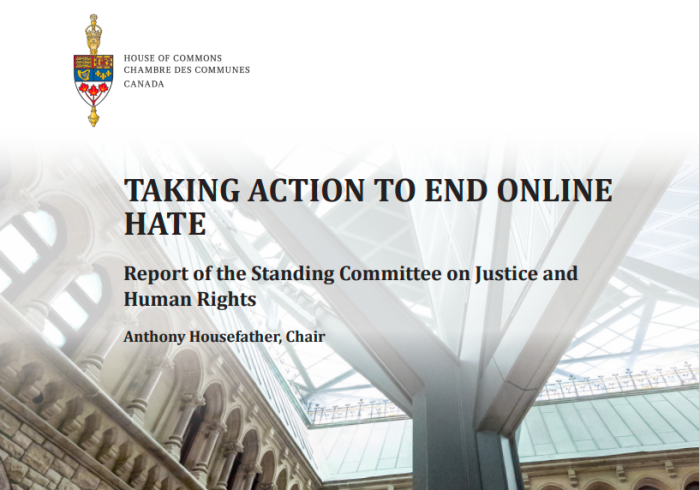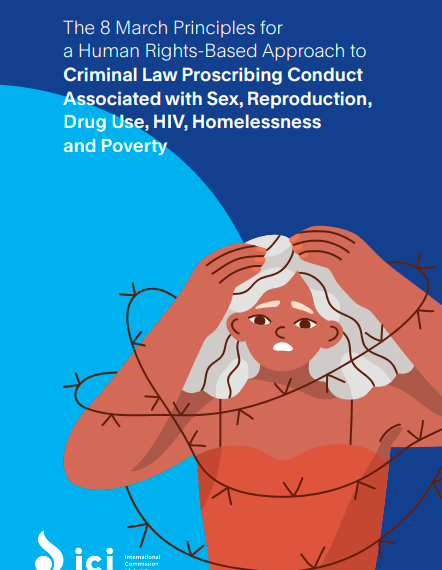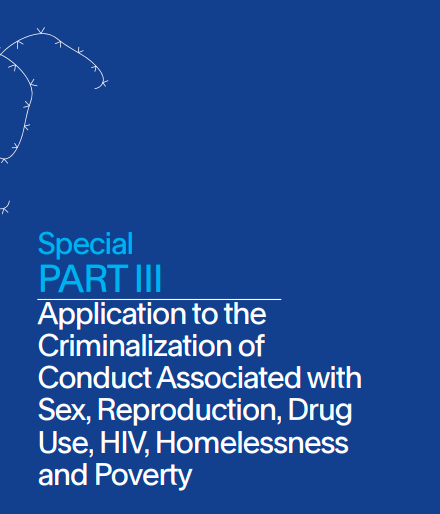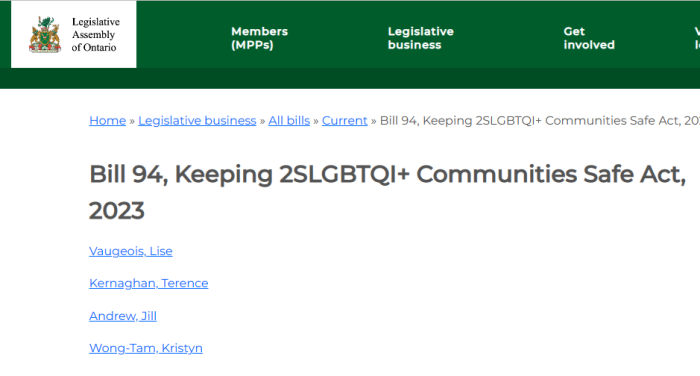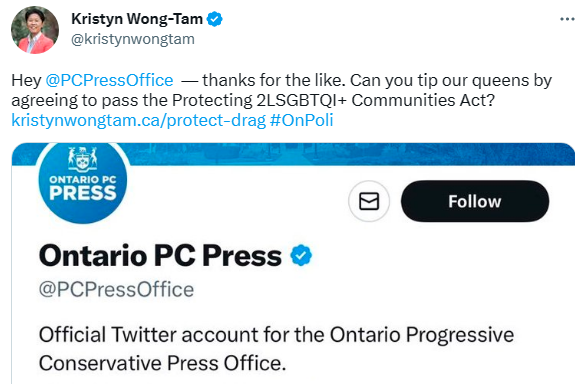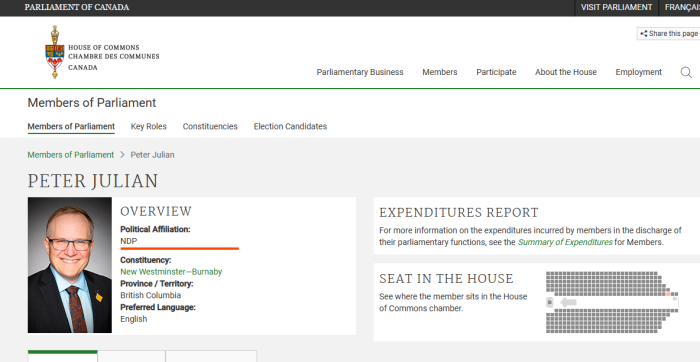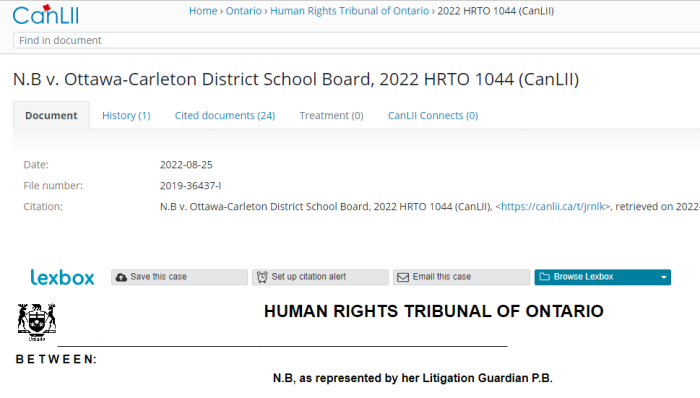This is a follow up on Egale Canada. For the earlier critique of their work, see this piece. This time, we get a bit heavier into the financial side of things, and see how big things really are. Remember, your tax dollars are helping to finance this, regardless of personal views.
As an aside, Egale received $513,801 from CEWS, the Canada Emergency Wage Subsidy, back in 2020. It got another $35,779 in 2021. Interesting priorities.
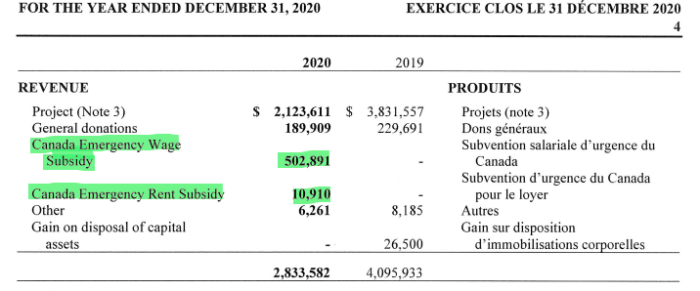
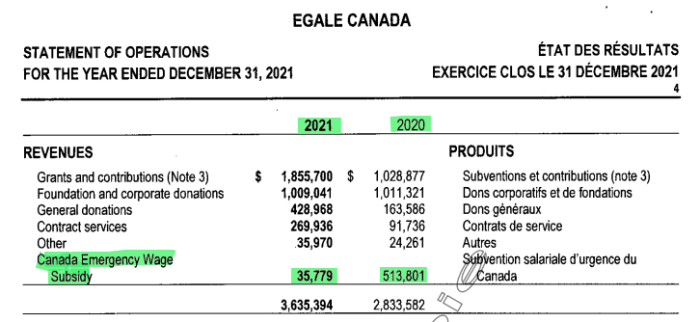
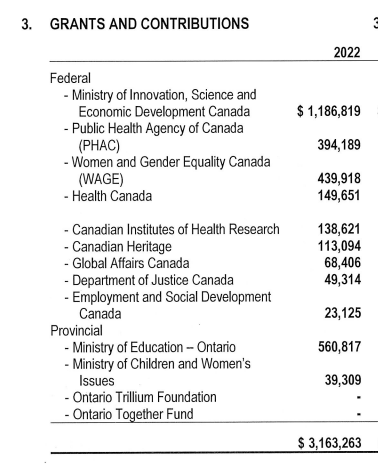
From its publicly available filings, it’s clear that after 2012, Canadian taxpayers are financing this organization to a great degree. And that doesn’t even factor in the rebates that private donors receive from Revenue Canada.
| YEAR | TOTAL $ | GOV’T | OTHER | % GOV’T | EXPENSES |
|---|---|---|---|---|---|
| 2006 | $40,123 | $2,507 | $37,616 | 6.2 % | $15,193 |
| 2007 | $24,644 | $0 | $24,644 | 0.0 % | $18,777 |
| 2008 | $53,154 | $6,578 | $46,576 | 12.4 % | $61,661 |
| 2009 | $106,471 | $0 | $106,471 | 0.0 % | $104,518 |
| 2010 | $259,365 | $0 | $259,365 | 0.0 % | $209,962 |
| 2011 | $464,975 | $0 | $464,975 | 0.0 % | $408,782 |
| 2012 | $707,761 | $345,963 | $361,798 | 48.9% | $690,912 |
| 2013 | $1,801,607 | $1,290,184 | $511,423 | 71.6 % | $1,808,589 |
| 2014 | $1,704,083 | $910,500 | $793,583 | 46.6 % | $1,728,727 |
| 2015 | $2,014,901 | $887,075 | $1,127,826 | 44.0 % | $2,013,484 |
| 2016 | $2,798,237 | $1,154,301 | $1,643,936 | 41.3 % | $2,311,837 |
| 2017 | $3,851,872 | $1,132,350 | $2,719,522 | 29.4 % | $3,578,714 |
| 2018 | $3,704,557 | $3,524,832 | $179,725 | 95.1 % | $3,916,554 |
| 2019 | $4,095,433 | $3,831,557 | $263,876 | 93.6 % | $4,043,359 |
| 2020 | $2,833,582 | $2,637,412 | $196,170 | 93.1 % | $2,754,446 |
| 2021 | $3,635,394 | $1,891,479 | $1,743,915 | 52.0 % | $3,595,380 |
| 2022 | $4,763,496 | $3,163,263 | $1,600193 | 66.4 % | $4,615,041 |
There are some discrepancies with the data copied from the C.R.A. website, as it appears that not all of the same categories are listed in the “short version”. Notably, CEWS isn’t included. The categories also aren’t consistent across the years, so we’ll do our best.
Note: the form for 2007 is incomplete. However, the assets listed in 2006 were totaled at $50,783. In 2007, it was given at $56,650. From that, we will assume that the change will be the difference in revenue and expenses for that year.
Equity (worth) = assets – liabilities
$56,650 – $50,783 = new revenue – $18,777
From this, assume 2007 revenue was ~ $24,644
For the years 2018 and 2019, the itemized lists lump various Government and private funding grants together, in terms of the source. However, the overall totals are the same.
Egale is raising in revenue about 100 times that rate it did less than 20 years ago. In fairness, increases in Government (or taxpayer) money has helped a lot. Assuming these records are fairly accurate, this organization has certainly been growing.
Although it would be nice to blame this on Trudeau, the growth long predates him. And the majority of Government funding appears to have been from Ontario (which is Provincial) anyway.
While Government funding costs a straight 100%, donations from private groups and individuals aren’t free either. Specifically, they are eligible for rebates from the C.R.A. of around 40 to 45 cents on the dollar.
Considering the kinds of causes that Egale takes on, is this a prudent use of public money?
CHARITY DESIGNATION WITH C.R.A., TAX INFO:
(1) https://apps.cra-arc.gc.ca/ebci/hacc/srch/pub/dsplyRprtngPrd?q.srchNmFltr=egale+canada&q.stts=0007&selectedCharityBn=888561065RR0001&dsrdPg=1
(2) Egale 2006 Tax Information Redacted
(3) Egale 2007 Tax Information Redacted
(4) Egale 2008 Tax Information Redacted
(5) Egale 2009 Tax Information Redacted
(6) Egale 2010 Tax Information Redacted
(7) Egale 2011 Tax Information Redacted
(8) Egale 2012 Tax Information Redacted
(9) Egale 2013 Tax Information Redacted
(10) Egale 2014 Tax Information Redacted
(11) Egale 2015 Tax Information Redacted
(12) Egale 2016 Tax Information Redacted
(13) Egale 2017 Tax Information Redacted
(14) Egale 2018 Tax Information Redacted
(15) Egale 2019 Tax Information Redacted
(16) Egale 2020 Tax Information Redacted
(17) Egale 2021 Tax Information Redacted
(18) Egale 2022 Tax Information Redacted
PARLIAMENTARY TESTIMONY, BILL C-22: (Raising Age Of Consent From 14 To 16)
(1) https://www.ourcommons.ca/Committees/en/JUST/StudyActivity?studyActivityId=1736719
(2) https://www.ourcommons.ca/committees/en/WitnessMeetings?witnessId=107655
(3) https://www.ourcommons.ca/DocumentViewer/en/39-1/JUST/meeting-57/evidence
(4) https://www.ourcommons.ca/Content/Committee/391/JUST/Evidence/EV2805304/JUSTEV57-E.PDF
(5) Egale Canada Opposes Raising Age Of Consent
PARLIAMENTARY TESTIMONY, BILL C-75: (Reduced Penalties For Child Sex Crimes)
(1) https://www.ourcommons.ca/Committees/en/JUST/StudyActivity?studyActivityId=10210275
(2) https://www.ourcommons.ca/DocumentViewer/en/42-1/JUST/meeting-108/evidence
(3) https://www.parl.ca/DocumentViewer/en/42-1/bill/C-75/royal-assent
(4) https://parlvu.parl.gc.ca/Harmony/en/PowerBrowser/PowerBrowserV2/20180925/-1/30041?Language=English&Stream=Video
(5) Egale Canada Human Rights Trust Bill C-75
PARLIAMENTARY TESTIMONY, BILL C-6: (Conversion Therapy)
(1) https://www.ourcommons.ca/Committees/en/JUST/StudyActivity?studyActivityId=10980515
(2) https://egale.ca/newsletter-open-letter-c6/
(3) https://egale.ca/awareness/open-letter-bill-c6/?eType=EmailBlastContent&eId=cb124b36-46bf-4cab-b648-a3c75f571873
HIV NON-DISCLOSURE: (Hiding Positive Status From Partners)
(1) https://www.ourcommons.ca/Content/Committee/421/JUST/Brief/BR10044994/br-external/EgaleCanadaHumanRightsTrust-e.pdf
(2) https://www.ourcommons.ca/Committees/en/JUST/StudyActivity?studyActivityId=10485413
(3) https://www.ourcommons.ca/committees/en/WitnessMeetings?witnessId=248803
(4) https://www.ourcommons.ca/DocumentViewer/en/42-1/JUST/meeting-149/evidence
(5) https://www.ourcommons.ca/DocumentViewer/en/42-1/JUST/report-28/
(6) https://www.justice.gc.ca/eng/cons/hiv-vih/nd.html
(7) https://www.ourcommons.ca/DocumentViewer/en/42-1/JUST/report-28/page-24
ONLINE HATE: (Censorship)
(1) https://www.ourcommons.ca/Committees/en/JUST/StudyActivity?studyActivityId=10543157
(2) https://www.ourcommons.ca/Content/Committee/421/JUST/Reports/RP10581008/justrp29/justrp29-e.pdf
(3) https://www.ourcommons.ca/DocumentViewer/en/42-1/JUST/meeting-150/evidence#Int-10636774
(4) https://parlvu.parl.gc.ca/Harmony/en/PowerBrowser/PowerBrowserV2?fk=10625547
FEDERAL GRANTS TO EGALE:
(1) https://search.open.canada.ca/grants/record/esdc-edsc,141-2022-2023-Q2-28463,current
(2) https://search.open.canada.ca/grants/record/ic,230-2021-2022-Q4-021,current
(3) https://search.open.canada.ca/grants/record/hc-sc,271-2021-2022-Q4-00122,current
(4) https://search.open.canada.ca/grants/record/esdc-edsc,141-2023-2024-Q2-10753,current
(5) https://search.open.canada.ca/grants/record/pch,016-2022-2023-Q1-1347716,current
(6) https://search.open.canada.ca/grants/record/phac-aspc,1480-2022-2023-Qrt3-0000074,current
(7) https://search.open.canada.ca/grants/record/phac-aspc,1480-2022-2023-Qrt4-0000451,current
(8) https://search.open.canada.ca/grants/record/wage,001-2022-2023-Q4-00035,current
(9) https://search.open.canada.ca/grants/record/wage,001-2023-2024-Q3-00038,current
INTERFERING WITH LEGAL PROCEEDINGS:
(1) https://egale.ca/awareness/supreme-court-of-canada-decision-affirms-trans-rights-protective-counter-speech/
PARTNERS:
(1) https://egale.ca/our-partners/
POLICIES:
(1) https://egale.ca/wp-content/uploads/2022/10/Discriminatory-and-Unworkable-FINAs-Policy-1.pdf
(2) https://egale.ca/egale-in-action/msm-blood-ban/
RACHEL GILMORE TWEET:
(1) https://twitter.com/atRachelGilmore/status/1737207763640402361

